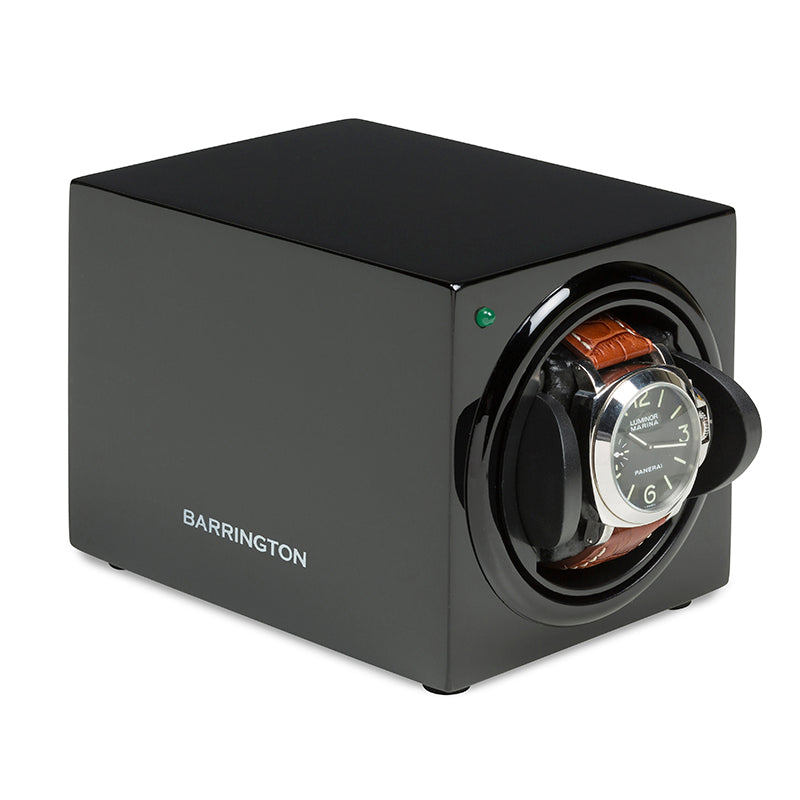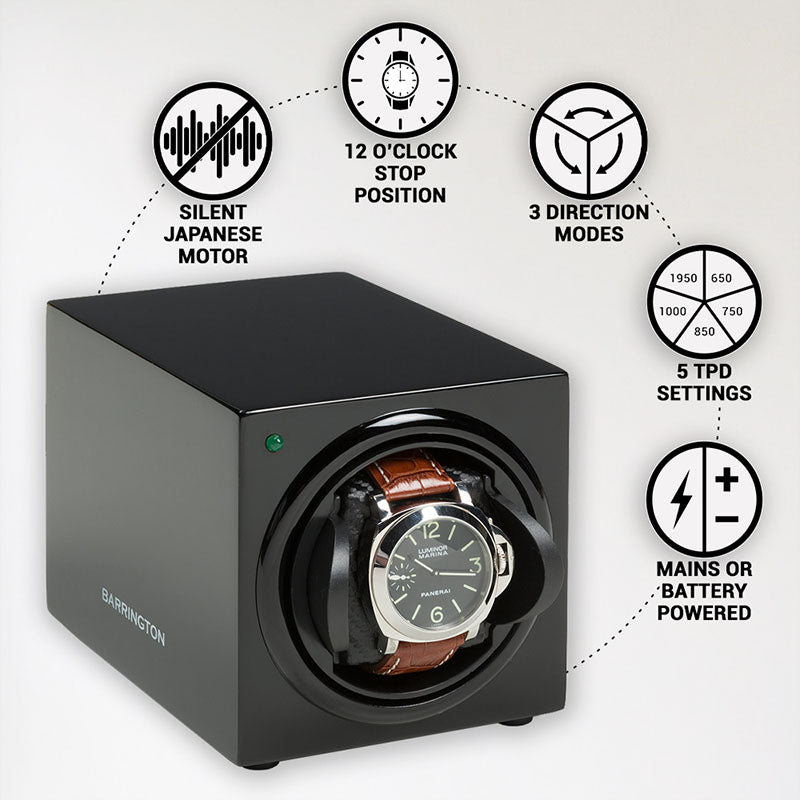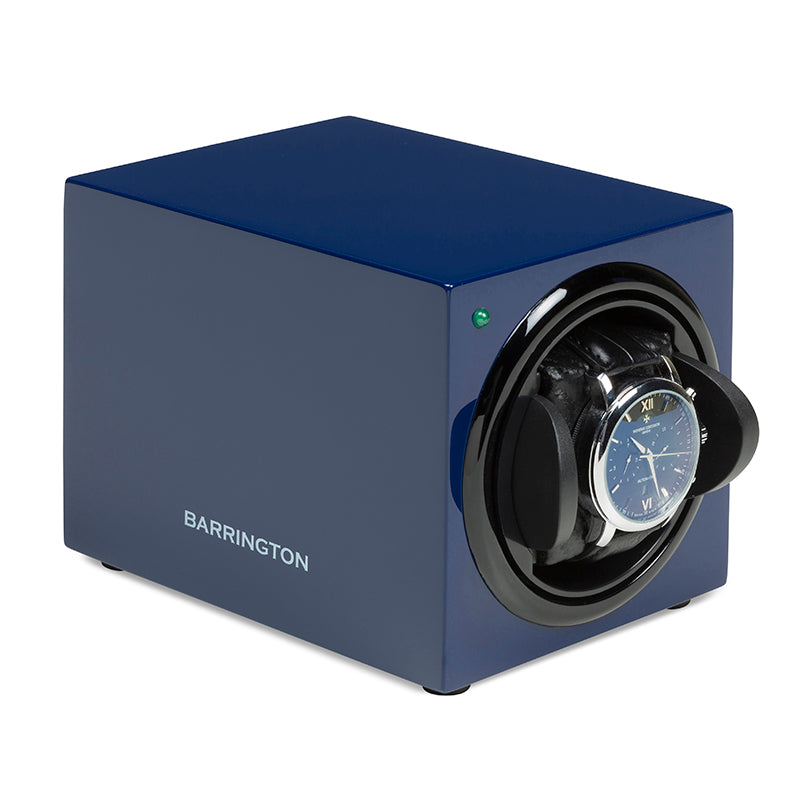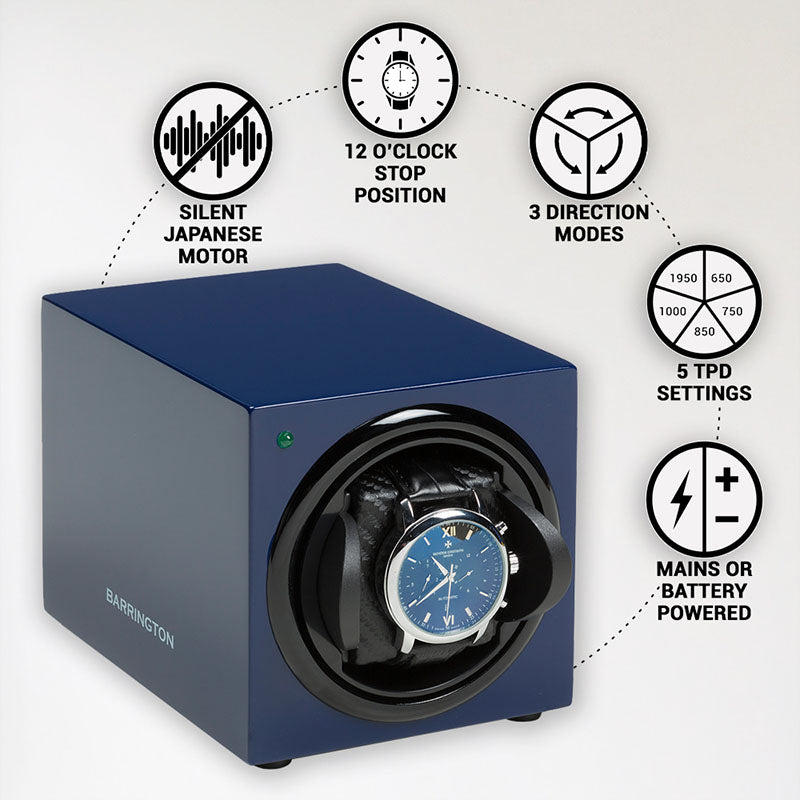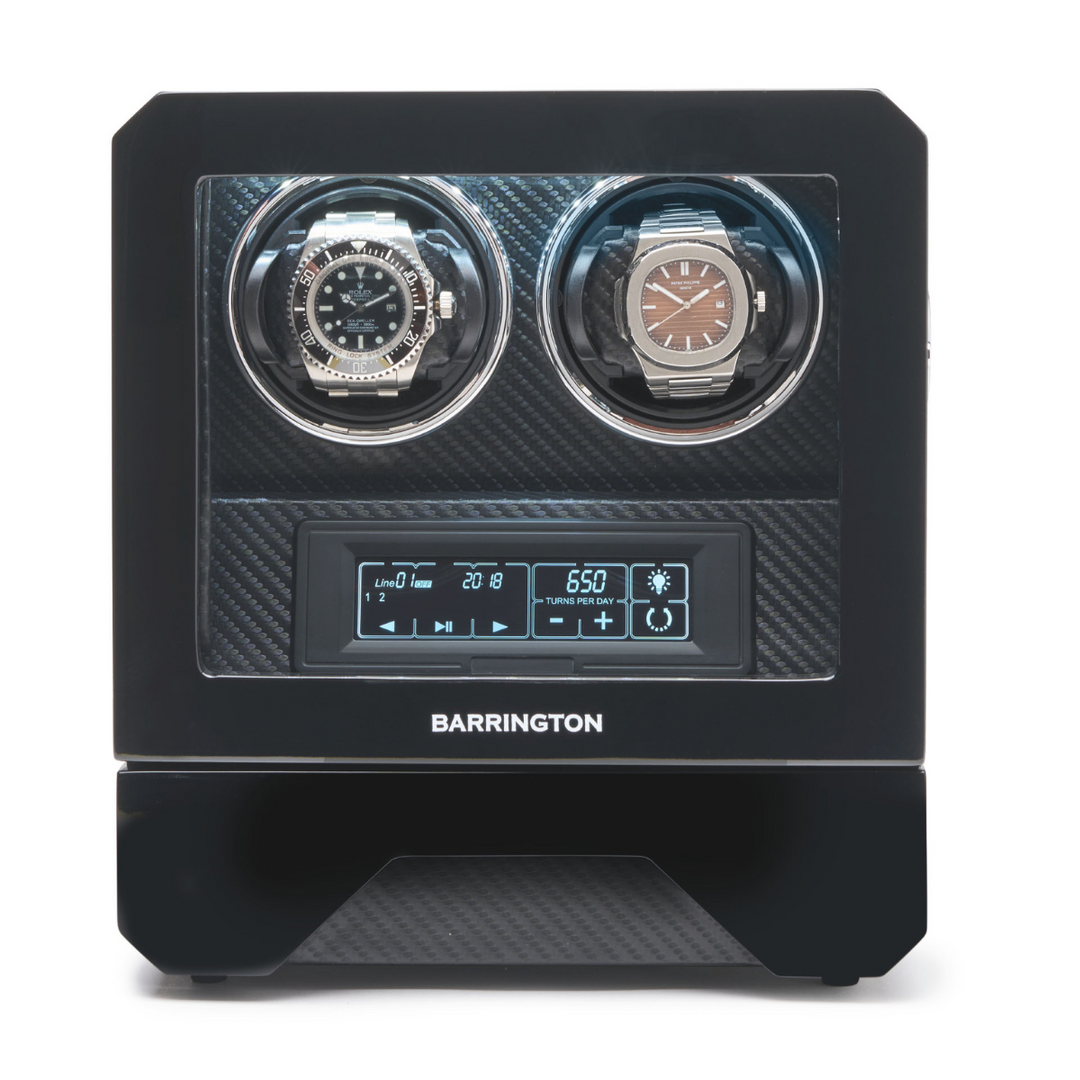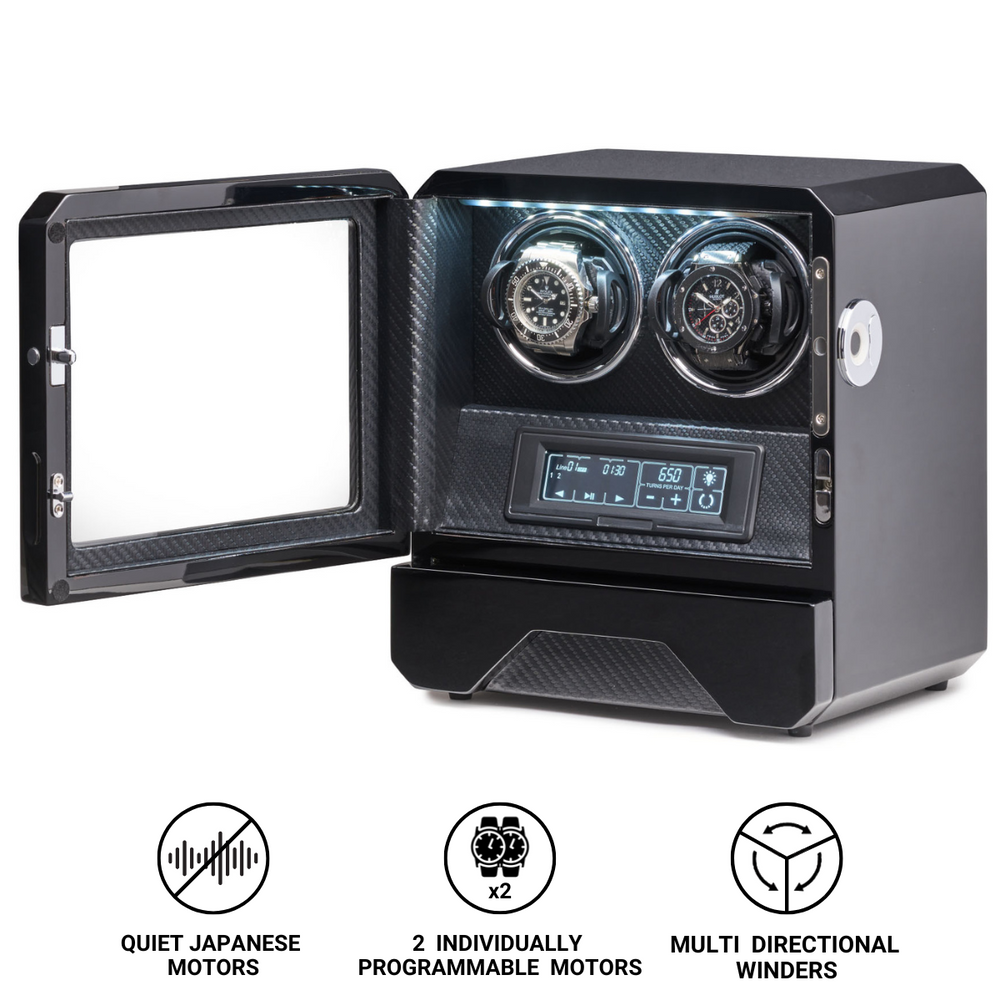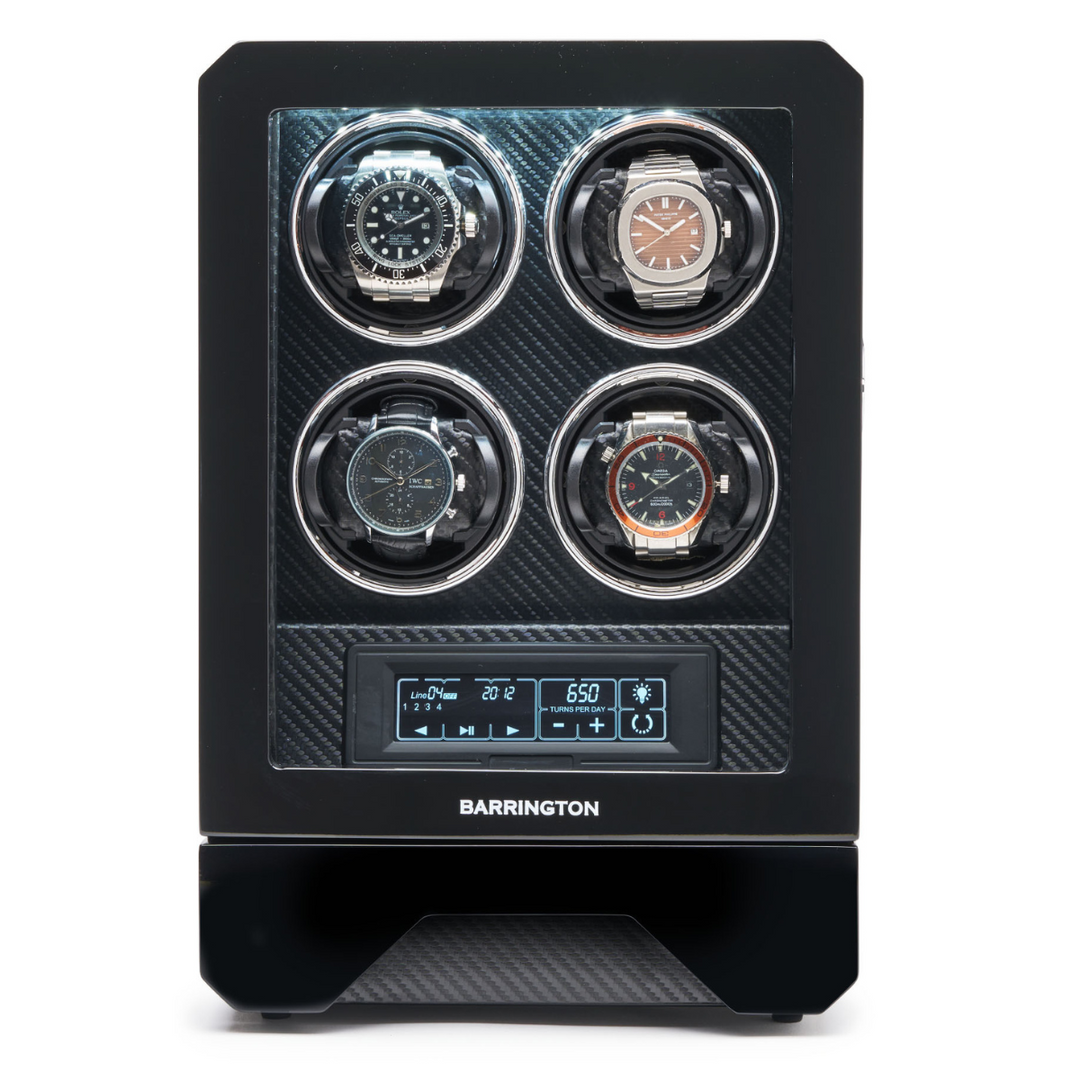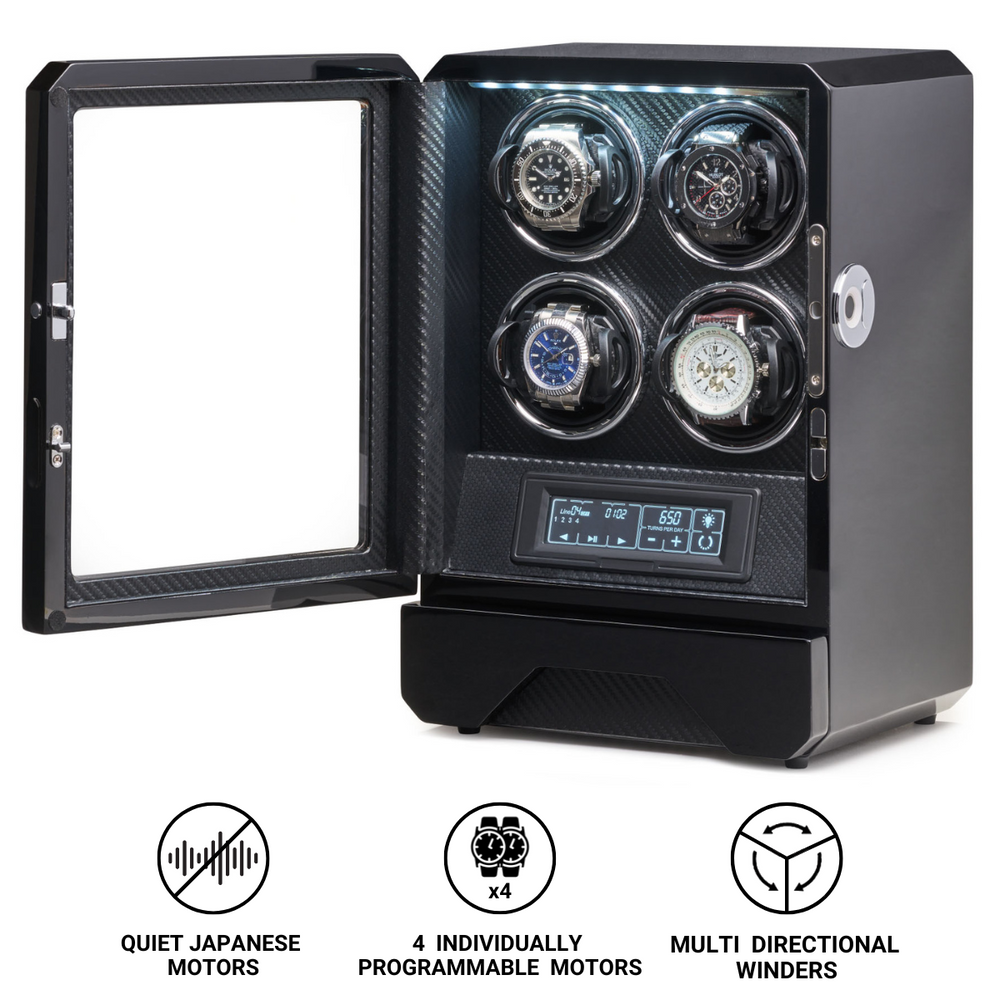What is End Links?
In the intricate world of watch design, every detail serves a purpose. Among the least discussed yet most essential components of a wristwatch are the end links, the small but vital pieces that connect the bracelet to the case lugs. Though often overlooked by casual wearers, end links play a crucial role in both the structural integrity and the aesthetic harmony of a watch. They define how the bracelet integrates with the case, influence comfort on the wrist, and even affect the perceived quality of the timepiece.
For collectors and enthusiasts, the end links are far more than functional hardware. They represent the point where engineering meets design, where precision machining ensures a seamless transition between the rigid case and the flexible bracelet. Understanding their construction, types, and evolution reveals how this seemingly minor component has shaped the appearance and feel of some of the most iconic watches ever made.
The Function of End Links
At their simplest, end links are the intermediary components that attach the first link of a bracelet to the lugs of the watch case. They serve three primary purposes: structural support, alignment, and aesthetic integration.
Structurally, they ensure that the bracelet sits securely between the lugs, connecting to the spring bars that hold the entire assembly in place. The fit of the end link must be precise, as any looseness can lead to rattling, wear, or even the accidental release of the spring bar.
In terms of alignment, end links control how the bracelet transitions from the case to the wrist. A well-fitted end link ensures that the bracelet follows the curvature of the wrist naturally, improving both comfort and appearance.
Aesthetically, end links create visual continuity between the watch case and bracelet. A properly designed end link maintains the overall flow of the design, ensuring that the bracelet feels like an extension of the case rather than an afterthought.
Thus, while small in size, end links play a disproportionately large role in how a watch feels, functions, and presents itself.
The Evolution of End Links in Watchmaking
The development of end links parallels the evolution of wristwatches themselves. Early wristwatches in the early 20th century typically used leather straps attached directly to wire or fixed lugs, eliminating the need for end links altogether. As metal bracelets gained popularity in the 1930s and 1940s, watchmakers faced the challenge of integrating these rigid components with the curved and varied shapes of watch cases.
The first metal bracelets often featured straight end links, simple pieces of bent metal that filled the gap between the bracelet and the lugs. While functional, these designs left visible gaps and lacked the refinement expected from luxury watches. As manufacturing techniques improved, brands began developing custom end links tailored to specific case shapes.
By the 1950s, with the rise of tool watches and professional timepieces, the end link had become a crucial design feature. Brands like Rolex, Omega, and Longines pioneered the use of curved solid end links that followed the contour of the case, creating a seamless integration between case and bracelet. This innovation not only enhanced aesthetics but also improved stability and comfort.
In the decades that followed, the design of end links evolved alongside advances in metallurgy and manufacturing precision. What began as simple stamped metal parts gradually became finely machined, solid components that contribute to the overall luxury and robustness of a watch.
The Anatomy of an End Link
An end link may appear simple, but its design demands exacting precision. A typical end link comprises three key elements: the body, the spring bar channel, and the connection interface.
-
The Body
The main body forms the visible portion of the end link. It can be flat, curved, or shaped to follow the case profile. The contour must perfectly match the curvature of the case to create a smooth transition. Even a fraction of a millimetre of misalignment can create visible gaps or an awkward fit. -
The Spring Bar Channel
Running through the end link is a small channel that houses the spring bar, the tensioned metal rod that secures the bracelet to the lugs. The placement of this channel is critical; it determines the bracelet’s articulation and how it drapes on the wrist. -
The Connection Interface
This part links the end link to the first bracelet link. The interface can be integrated or separate, depending on the design. Some bracelets use screws or pins to connect the end link, while others rely on friction fit or welded joints.
Because end links must endure constant movement and tension, they are typically made from durable materials such as stainless steel, titanium, or precious metals that match the case. In modern watches, precise computer-aided machining ensures tolerances accurate to hundredths of a millimetre, guaranteeing a perfect fit and smooth articulation.
Types of End Links
The evolution of watch design has produced several main types of end links, each with distinct characteristics and applications.
-
Straight End Links
Straight end links are the simplest form, featuring a flat edge that meets the watch case directly. They are versatile and can fit a variety of lug shapes and sizes. However, they leave small gaps between the bracelet and the case, giving a more utilitarian or vintage appearance.Straight end links were common on early sports watches and remain popular among enthusiasts who appreciate their retro charm. They allow easy interchangeability between different bracelets and cases, making them a favourite among collectors.
-
Curved End Links
Curved end links are shaped to follow the contour of the case, providing a seamless connection. They eliminate visible gaps and create a cohesive flow from bracelet to case. This design became the hallmark of luxury and professional watches in the mid-20th century, particularly with models such as the Rolex Submariner, Omega Speedmaster, and Tudor Oyster Prince.The precision required to manufacture curved end links is significantly higher than for straight ones. Each must be tailored to a specific case reference, ensuring a perfect match in curvature and lug width.
-
Solid End Links (SELs)
A major advancement in modern watch design, solid end links are machined from a single block of metal rather than being stamped or assembled from multiple pieces. This construction enhances strength, reduces flex, and provides a more premium feel.SELs also eliminate the rattling or looseness associated with older hollow designs, giving the bracelet a more substantial and secure fit. Most high-end watches produced today, including those from Rolex, Omega, and TAG Heuer, use solid end links as a standard feature.
-
Hollow End Links
Before the widespread adoption of SELs, hollow end links were the industry norm. Made from folded sheet metal, they are lighter and more flexible but less durable. Some enthusiasts appreciate them for their vintage authenticity and the distinct sound and feel they impart.
Each type offers a different balance of aesthetics, comfort, and functionality, reflecting the watch’s design purpose and era of production.
The Role of End Links in Design and Comfort
Beyond their mechanical purpose, end links play a crucial role in defining the character and ergonomics of a watch. The transition between the rigid case and the flexible bracelet determines how naturally the watch conforms to the wrist.
Curved or well-integrated end links create a smooth flow that enhances comfort and balance, particularly on larger or heavier watches. Poorly designed end links can cause gaps or uneven angles, leading to awkward fit and discomfort.
From a design perspective, the end link contributes significantly to a watch’s visual coherence. A well-executed end link makes the bracelet appear as an organic extension of the case, completing the watch’s architecture. In contrast, straight end links introduce a deliberate contrast, creating an open, tool-like aesthetic often favoured in vintage or military-inspired models.
Collectors and designers alike recognise that the geometry of the end link can dramatically change a watch’s presence. It can make a case appear larger, more compact, more formal, or more casual, depending on the curve, angle, and integration.
End Links and Watch Collecting
Among collectors, end links often carry as much importance as the bracelets themselves, particularly in the world of vintage watches. Many iconic models are identified by their specific end link references, which can significantly affect their desirability and value.
For example, Rolex collectors often refer to end links by their reference numbers, stamped on the inner surface. These numbers indicate the specific case and bracelet combination for which they were designed. A vintage Rolex Submariner or GMT-Master with its original end links is considered far more valuable and authentic than one fitted with replacements.
In addition, the fit and finish of end links are indicators of overall quality. The precise machining of modern solid end links reflects the advancements in watchmaking technology and the pursuit of perfection in even the smallest components.
Materials and Finishing
End links are typically crafted from the same material as the bracelet and case to maintain consistency in colour, texture, and durability. Stainless steel is the most common choice due to its strength and resistance to corrosion. Titanium, gold, and platinum are used for higher-end models, offering both luxury and durability.
Finishing techniques vary depending on the watch’s design. Polished, brushed, or satin finishes may be applied to match the case. The transitions between polished and brushed areas require careful hand-finishing to achieve the desired visual harmony.
Some brands also apply proprietary coatings or treatments to enhance resistance to scratches and wear. These details, though often unseen, contribute to the watch’s overall refinement and longevity.
The Future of End Links
As watch design continues to evolve, so too does the engineering of end links. The rise of integrated bracelet designs in modern luxury sports watches, such as those by Audemars Piguet, Patek Philippe, and H. Moser & Cie., has blurred the distinction between case and bracelet altogether. In such designs, the end link becomes an inseparable part of the overall architecture, sculpted directly into the flow of the case.
At the same time, the resurgence of vintage-inspired watches has revived appreciation for traditional straight or hollow end links, valued for their nostalgic charm and mechanical simplicity.
In the age of precision machining and advanced materials, end links continue to embody the intersection of art and engineering, demonstrating that even the smallest components can define the character of a timepiece.
Conclusion
The end link, though often overlooked, is a cornerstone of watch design and functionality. It unites the rigid geometry of the case with the supple articulation of the bracelet, ensuring comfort, security, and aesthetic harmony.
From the early days of simple bent metal to the precision-machined solid components of today, end links have evolved alongside the watch industry itself, reflecting changing tastes, technologies, and craftsmanship standards.
Whether admired for their seamless integration or their vintage simplicity, end links remind us that in horology, no detail is insignificant. Every part, no matter how small, contributes to the symphony of design, engineering, and artistry that defines the enduring beauty of the mechanical watch.


